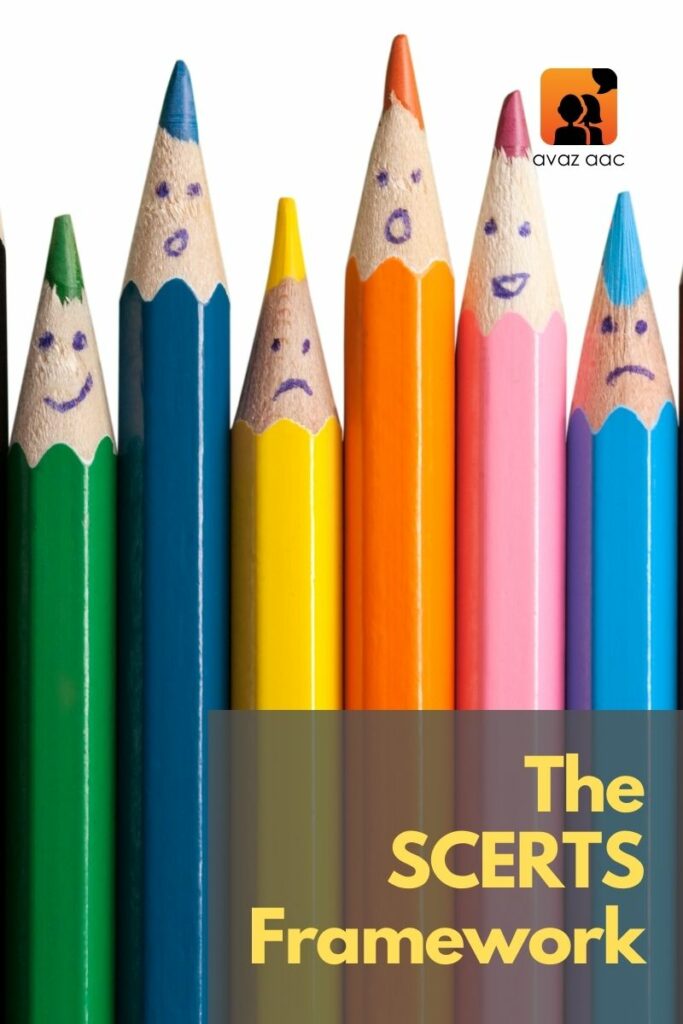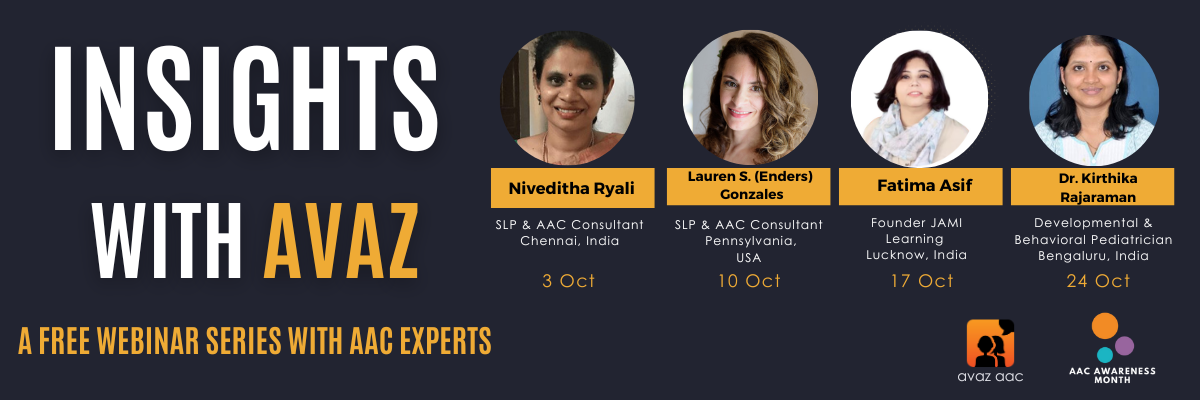What is SCERTS?


SCERTS is a research based framework that serves as a guide to building competence in social communication and emotional regulation. It is especially useful for autistic and other neurodivergent individuals. SCERTS is an acronym. It stands for Social Communication, Emotional Regulation, and Transactional Support.
Social Communication
Social communication is the backbone of building secure relationships with others. This happens through emotional expressions as well as communication, both spontaneous and functional.
Emotional Regulation
Emotional Regulation is the ability to cope with the emotional triggers from day to day situations. It is also maintaining a regulated state of mind. It involves regulation of one’s internal energy to match with the external environment and situations.
Transactional Support
SCERTS is a partnership based model. Transactional Supports are the plans that help the intervention team, including parents, to support the child.
Under SCERTS, Social Communication and Emotional Regulation are the skills that are targeted. Transactional Support is the means by which it is achieved.
Developmental Stages in SCERTS
Here are the different developmental stages as identified under the SCERTS framework.
- Social Partners
Pre-symbolic communicators with an intent of communication, use gestures and other modes of communication.
- Language Partners
Emerging/Early language developers who are symbolic communicators, single word communicators. Children with Echolalia are also categorized under this stage.
- Conversational Partners
Conversational partners are at a stage of combining multiple words in novel ways and sentences to communicate ideas.
Implementation of SCERTS
SCERTS model has a questionnaire that helps to determine the stage of development. Once this is done, we can identify appropriate goals and supports.
The strategies for Emotional Regulation may vary depending on the developmental stage of the individual. An individual in the social partner stage of development, doesn’t employ symbolic communication yet. Hence the only strategy available for emotional regulation may be of sensory/motor kind. Some sensory/motor strategies include physical activities like running, jumping, swinging to increase energy. Chewing gum or holding a favorite object to decrease arousal are also helpful.
What about an individual who is in the language partners stage, you may ask? For them, language based strategies that help them use words, symbols, or phrases to convey their emotional state are suggested.
For conversational partners, reflective and forward thinking strategies that help them self-regulate and seek mutual regulation are suggested.
Communication independence is an important milestone as it guides in choosing the appropriate goals and strategies for the individual.
Supports Emotional Regulation
SCERTS model derives its foundation in embracing, understanding, and supporting various learning styles. It is one of the few interventions that acknowledges Echolalia in its developmental stage.
SCERTS model looks at Echolalia not only as a means of communication but also as a means of emotional regulation. Echolalia is repetitive and consistent. For some children, this can be a good self regulation mechanism during stress. Echolalic phrases can be used as a safe place to go, that is comfortable, familiar and predictable.
Echolalia also serves the function of informing us about the feelings of the individual. For instance, a repetition of dialogue from their favorite TV show may be an expression of boredom. It is just like how adults sometimes replay scenes from an interesting event in their heads when they are bored. Children with Echolalia might be replaying the scene along with the dialogues.
For instance one of the goals of SCERTS is to:
“Facilitate segmentation of echolalic forms with rule induction allowing for greater creativity in language production, and movement to more conventional forms.”
SCERTS is built from the perspective of embracing and honoring the learning style that accompanies Echolalia. It aims to work with it, rather than against it.
Centering Individual Choice
SCERTS and other frameworks may help in setting goals and building competence in social communication and emotional regulation skills. Alongside this, it is important to know that the choice of using that skill still lies with the individual. Forcing a child or an individual to use the skill can result in masking. The intent is to build competence and not force them to mask the difference.
Giving choices of communication modes is one way in which we can enable them to understand that they don’t have to mask their differences to fit in. Autistic individuals may prefer text communication over in-person communication at times. They may do this to self regulate themselves in their own spaces. Respecting this, is acceptance.



